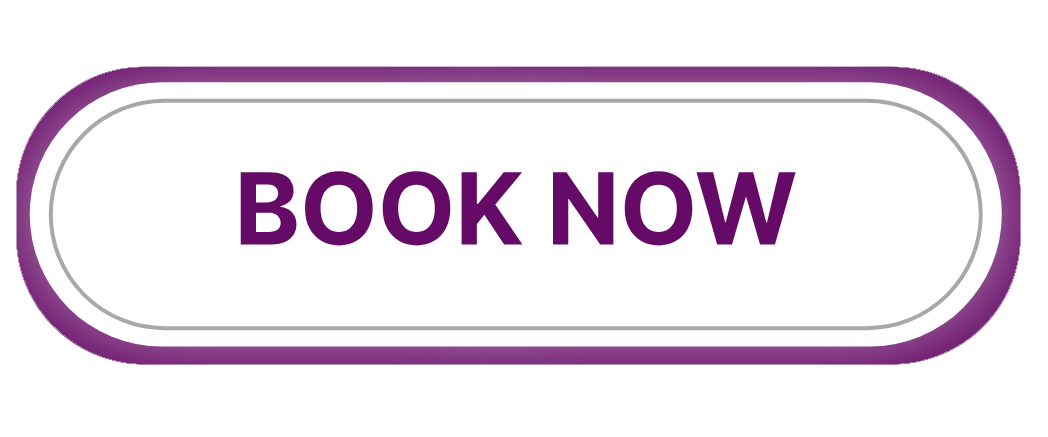
![]() Grades 2, 3, 7
Grades 2, 3, 7 ![]() $10 per student
$10 per student ![]() 45-60 min
45-60 min ![]() Capacity: 15-80 students
Capacity: 15-80 students
Please note: minimum program fees will be charged for groups of fewer than 15 students.
Program Description: Students will learn how the Earth has changed over time due to natural cycles of weathering. Through an interactive presentation, students will learn about glacial erosion and volcanic eruptions, and how these events shaped the landscape. Students will also learn about the fossilization process and handle real fossils. Travel back in time with us as we explore Alberta then and now!
CURRICULUM CONNECTIONS
Grade 2 Science: Earth Changes – Landforms, glaciers and Alberta’s heritage sites
Grade 3 Science: Earth Changes – Landforms, glaciers, earth changes over time
Social Studies: Time and Place – Exploring the dynamic relationships between people, place, and time supports understanding of perspectives and events to make meaning of the world.
Grade 7 Science: Unit E – Planet Earth – Formation of igneous rock, metamorphism and sedimentary processes, geological time scale, fossil formation, weathering and erosion.

